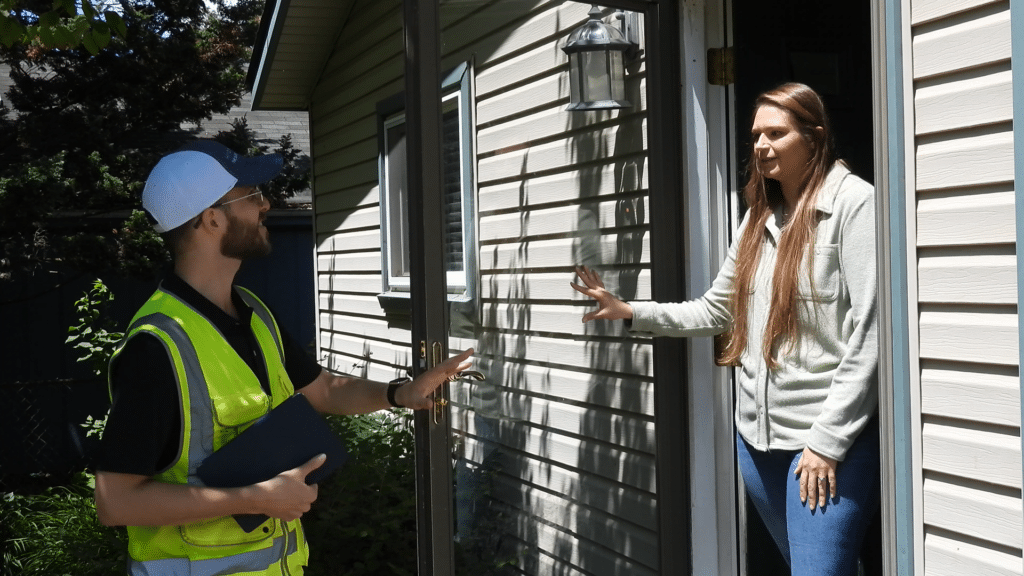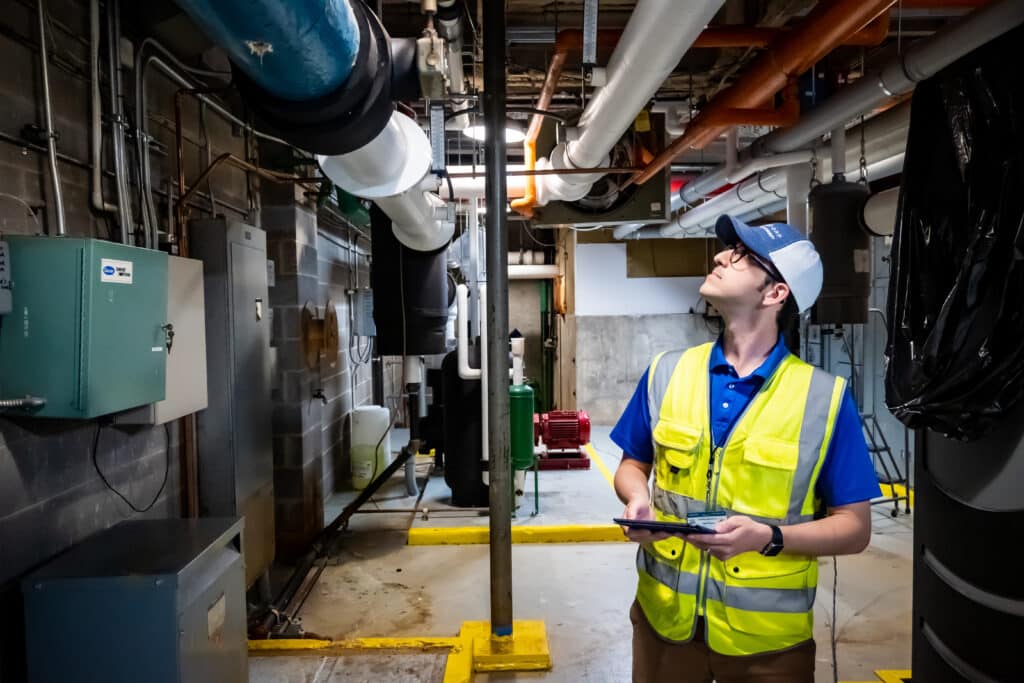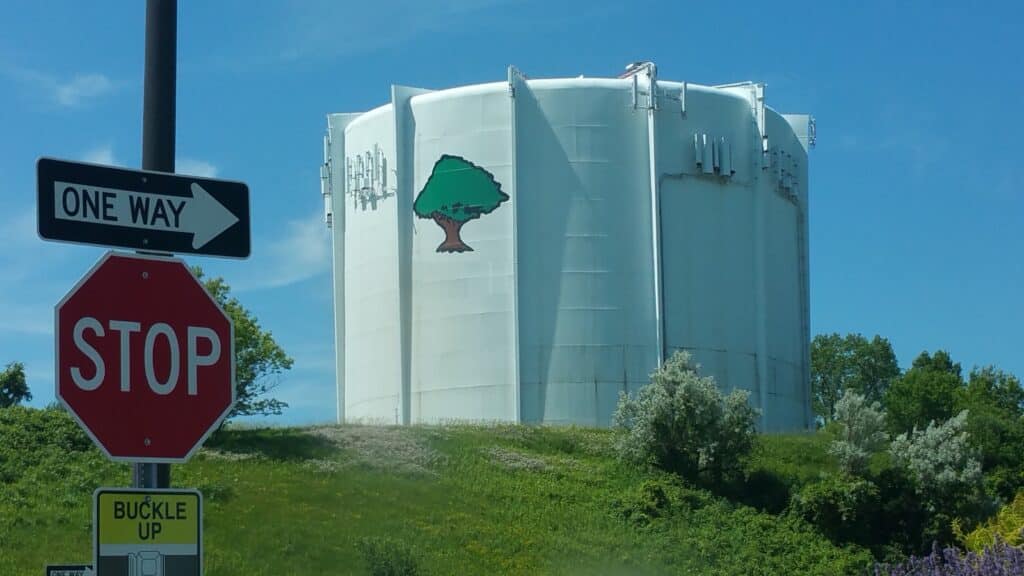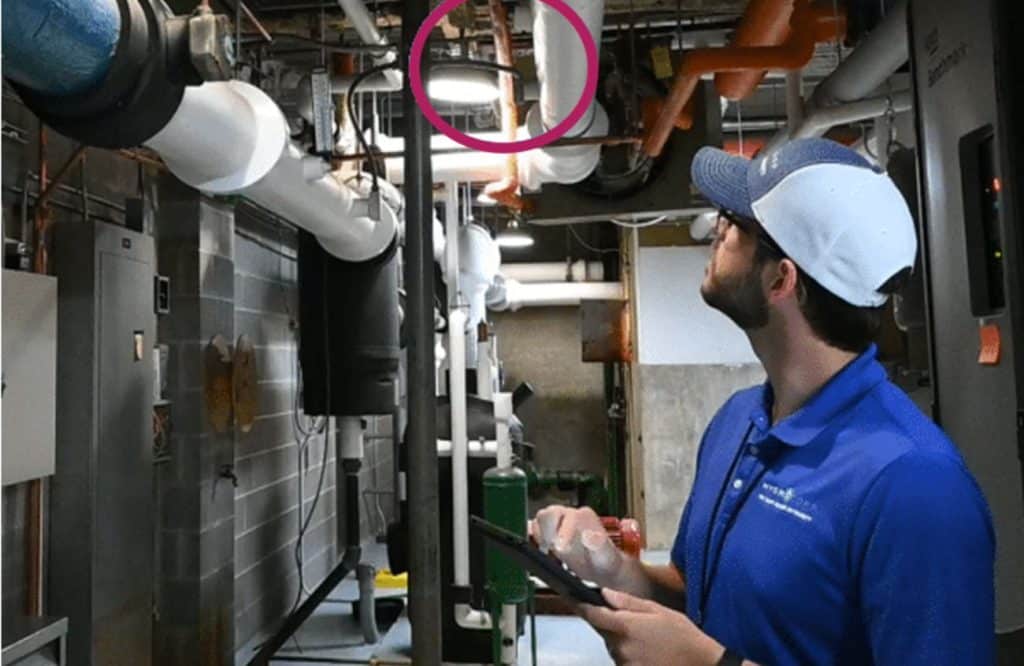Introduction
To ensure the continued delivery of high-quality water to the public, some states have ramped up their enforcement of existing Cross-Connection Control regulations in recent years. Although compliance is vital, the ultimate goal of these regulations is to protect the integrity of water supplied in public water systems, ideally to the end flowing tap. This blog post explores the importance of comprehensive Cross-Connection Control Programs beyond merely the importance of submitting paperwork, highlighting how components like backflow preventer test tracking and onsite assessments play a pivotal role in maintaining a safe and reliable drinking water supply.
Skimming Summary:
Key Points & Takeaways:
- Cross-Connection Control regulations are in place to help protect the quality and safety of public drinking water supplies.
- Cross-Connection Control Programs are most effective when they combine both backflow preventer test tracking and onsite assessments for potentially hazardous cross-connections or inadequate backflow prevention measurements.
- Public Awareness is also an important component as it educates and encourages home owners, building owners, and all water customers to be responsible and accountable.
Actionable Suggestions:
- Share this short public awareness video about Cross-Connection and Backflow with your local leaders: 3-Minute Video Cross-Connection & Backflow Awareness for Municipal and Utility Leadership View HERE
- Print this 4-page EPA Guide to Cross-Connection Control and share with Water System leadership:
- CLICK HERE to talk with one of our CCC Program Experts!

Understanding Cross-Connection Control Regulations
“Cross-Connection” refers to a connection between a potable water system (safe drinking water supply) and a non-potable water source or a substance that could contaminate the drinking water. Backflow, an inherent hydraulic problem in all water systems which occurs when the flow of water is reversed, poses a significant risk as it can cause pollutants or contaminants to enter the public water supply. This reversal of flow can be caused by a loss of pressure (back siphonage) or by an overwhelming increase in pressure from a connection within the system (back pressure). Cross-Connection Control regulations have been established to prevent such occurrences from contaminating the system and maintain the safety of the water distribution system.
Importance of Compliance and Beyond
One objective of enforcing Cross-Connection Control regulations is to ensure compliance with the established rules and codes. This means verifying that appropriate backflow prevention devices are installed, tested, and maintained regularly. Depending upon the specifics of the state codes, it could also include mandated onsite assessments or surveys. While compliance is crucial, it is essential to recognize that the end goal of these regulations goes far beyond administrative checks and balances.
The primary objective of Cross-Connection Control Programs is safeguarding the quality of the public water supply. Access to safe drinking water is the cornerstone of a healthy society and something that many water customers may take for granted. Any contamination can lead to severe health risks for the population being served. By implementing a local Cross-Connection Control Program in accordance with State regulations, Water Purveyors are taking appropriate action to minimize the potential for backflow incidents and waterborne disease outbreaks.
Backflow Preventer Test Tracking
One of the core components of a comprehensive Cross-Connection Control Program is backflow preventer test tracking. Backflow preventers prevent the reverse flow of water, usually with a sequence of check valves. These devices are located throughout the distribution system, at service connections, and within internal plumbing where required. Regular testing and maintenance of these devices are essential (and typically required by regulation) to ensure their proper functioning. By diligently tracking backflow preventer test data, Water Purveyors can ensure that testable type backflow prevention assemblies in their community are functioning properly, thereby enhancing their water customer’s peace of mind and the overall safety of the water supply. There are a number of commercially available backflow preventer test tracking software options that allow municipalities to digitize and automate their tracking information. It also streamlines the management of backflow prevention devices, ensuring timely and accurate testing schedules and rigorously keeping any additions or changes to the plumbing infrastructure up to date. Additionally, the software may provide real-time data and reporting capabilities, enabling efficient decision-making and proactive maintenance.
Onsite Assessments for Comprehensive Reporting
While it is key to maintain accurate test tracking, it is only part of the overall solution – onsite assessments play a pivotal role in maintaining accurate and detailed reporting. This important component to Cross-Connection Control cannot be completed by implementing software, as it requires field technicians to be onsite, visually inspecting all points of water use. These trained professionals conduct thorough inspections to identify potential Cross-Connections and assess the effectiveness of backflow prevention measures. These assessments provide critical insights into vulnerable points in the water system, allowing for mandatory corrective action where necessary and accountability of building owners.

While some state codes may not require onsite assessments for cross-connection control programs, without them, Water Purveyors are only working with a portion of the necessary information to prevent backflow contamination and safeguard their drinking water supply. Onsite assessments enable Water Purveyors to have verification of not only the accuracy of the backflow preventer test reporting but also any other methods of backflow prevention that are non-testable and therefore not included in any test tracking, including hose bibb vacuum breakers, air gaps, and more. Software and test tracking alone cannot find cross-connection hazards in the distribution system.
Proactive Risk Mitigation and Community Awareness
Cross-Connection Control Programs enable Water Purveyors to adopt a proactive approach to risk mitigation. By identifying potential hazards and enforcing preventative measures, such as mandatory backflow preventer installations, regular testing, and prompt repairs, the likelihood of contamination incidents is significantly reduced.
Enforcing Cross-Connection Control regulations also emphasizes the importance of public awareness and education on the topic. Public participation and understanding of the significance of maintaining backflow preventers and adhering to regulations further bolster the protection of the water supply. Engaging with the community fosters a sense of shared responsibility and collective effort to safeguard this precious resource. It also helps water customers understand the vital importance of any corrective action requirements that may require building owners to install proper backflow prevention or remove a certain pluming fixture from their premises.

Conclusion
As more States focus on enforcing Cross-Connection Control regulations, it becomes evident that the objective goes beyond mere compliance with paperwork and software. The ultimate goal is to ensure the safety and integrity of the water supplied to the public. By implementing essential components like both backflow preventer test tracking and onsite assessments, Water Purveyors can maintain accurate reporting and take proactive measures to protect public health. With the joint effort of regulatory bodies, communities, and water professionals, we can ensure that clean, safe drinking water remains a cornerstone of our society for generations to come.
To ensure the continued delivery of high-quality water to the public, some states have ramped up their enforcement of existing Cross-Connection Control regulations…
“By implementing essential components like both backflow preventer test tracking and onsite assessments, Water Purveyors can maintain accurate reporting and take proactive measures to protect public health.”
Key Points & Takeaways:
- Cross-Connection Control regulations are in place to help protect the quality and safety of public drinking water supplies.
- Cross-Connection Control Programs are most effective when they combine both backflow preventer test tracking and onsite assessments for potentially hazardous cross-connections or inadequate backflow prevention measurements.
- Public Awareness is also an important component as it educates and encourages home owners, building owners, and all water customers to be responsible and accountable.
Actionable Suggestions:
- Share this short public awareness video about Cross-Connection and Backflow with your local leaders: 3-Minute Video Cross-Connection & Backflow Awareness for Municipal and Utility Leadership View HERE
- Print this 4-page EPA Guide to Cross-Connection Control and share with Water System leadership:
- CLICK HERE to talk with one of our CCC Program Experts!

